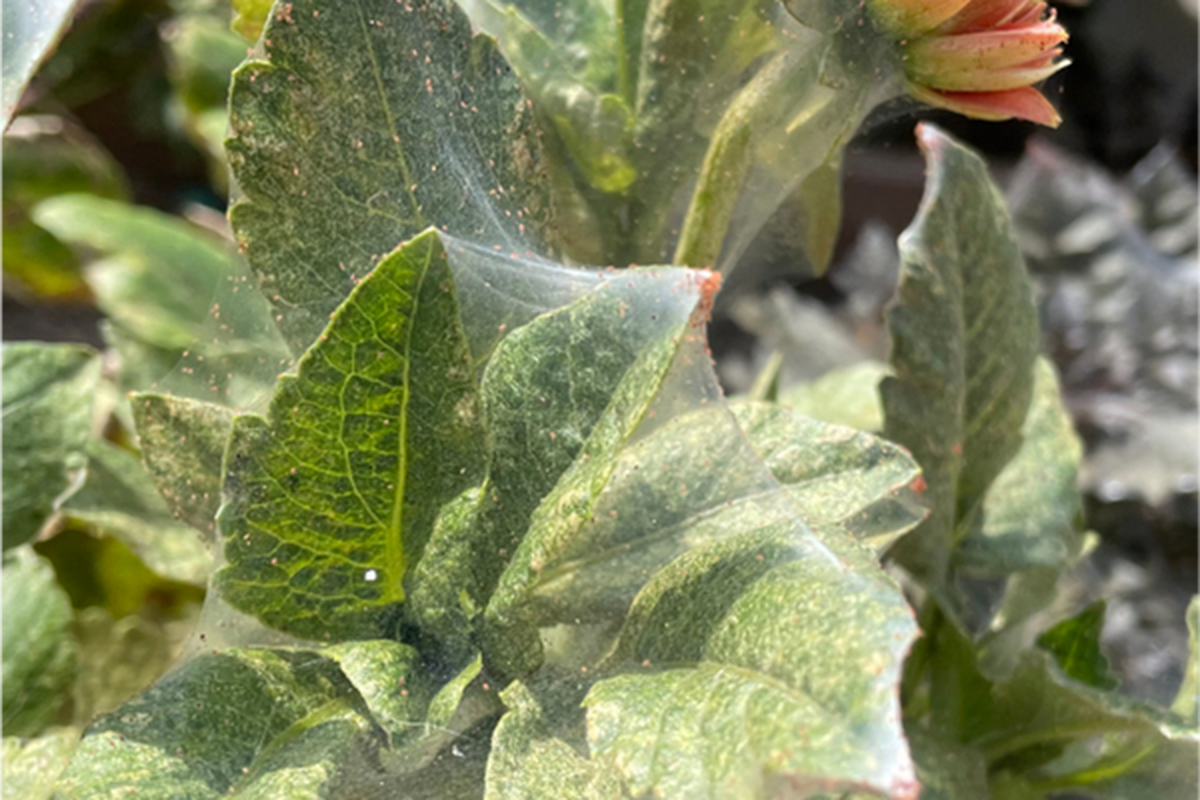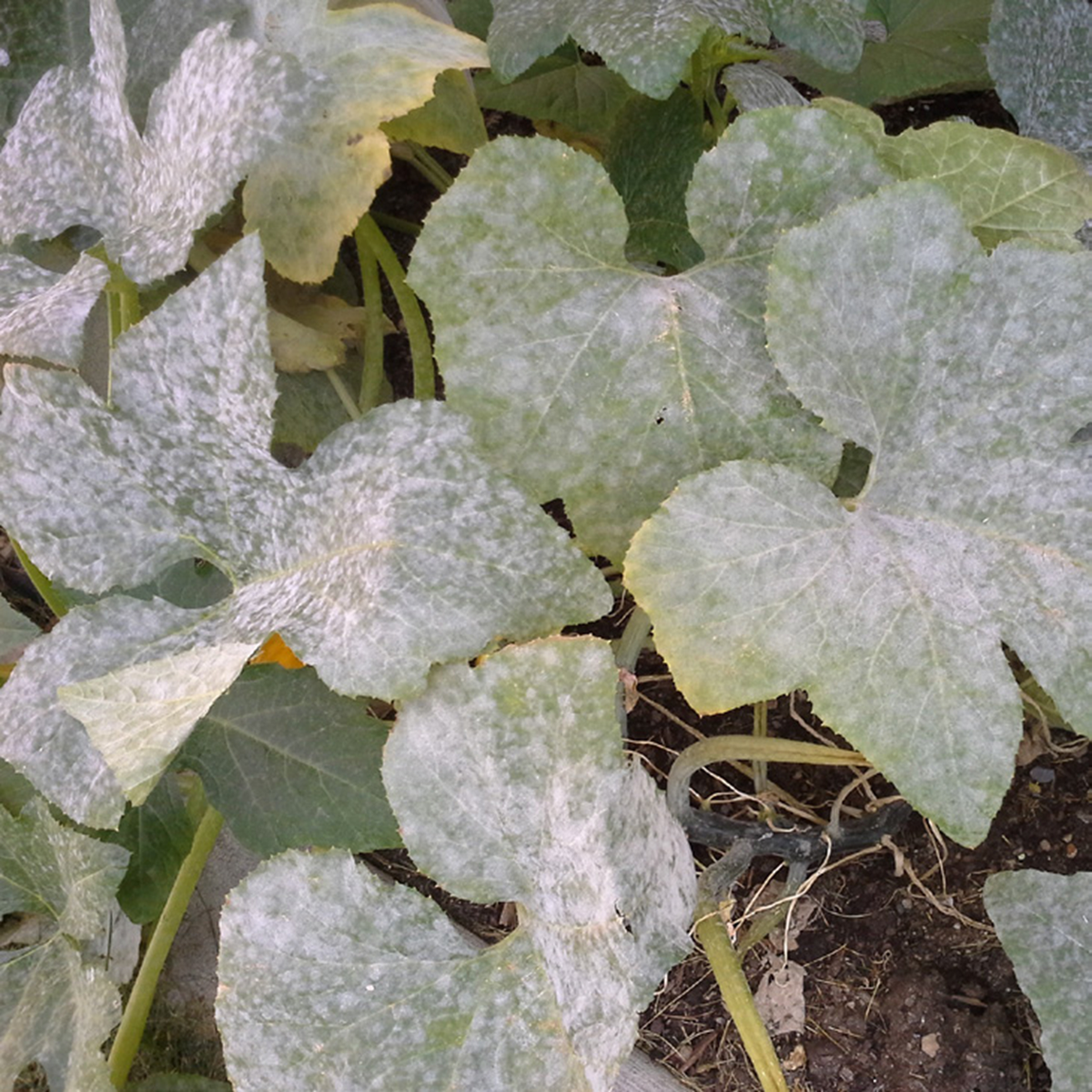Gardening: Spider mites, powdery mildew follow heat wave
Two-spotted spider mites are tiny and difficult to see. Fine webs and stippled leaves may be the first sign they are attacking your plant. (University of Illinois Extension)
OK, that’s enough of that heat wave. Sad thing is, we still have all of August to look forward to before it starts cooling off in September. Here are some of the challenges we might face this month.
Spider mites thrive in hot, dry weather. Their populations grow rapidly when temperatures get into the 80s and humidity is less than 50%. Our humidity the past few weeks has been in the teens during the afternoon. Spider mites are tiny, yellowish, greenish or reddish eight-legged mites that are found most often on the underside of a variety of plant leaves. They are so small that the first clue to their presence might be a fine web between the leaves.
Normally, spider mites feed on plant juices of a wide variety of vegetables, berries, perennials and shrubs. When it gets hot, they feed more vigorously to keep from dehydrating. Under these conditions, high populations can cause leaves or needles to become yellowed, a condition called chlorosis. In severe infestations, plants can be defoliated or killed.
The simplest method of controlling them is to blast plants with a strong spray of water to dislodge them every couple of weeks. This breaks up the population and slows down feeding. This also doesn’t disturb the beneficial insects that might already be feeding on the mites. Severe infestations can be controlled with insecticidal soap sprays, paying particular attention to the undersides of the leaves.
As our temperatures cool and humidity rises, powdery mildew will start appearing on a number of plants but especially squash and cucumbers. This fungus appears as a whitish haze on the leaf surface as if it had been dusted with flour. It starts appearing around mid-August but especially in September. It won’t kill the plant, but it will slow growth.
Powdery mildew controls need to be applied before it starts appearing on your plants. Cultural preventative controls include using drip irrigation to keep water, and thereby increased humidity, off the leaves. Thinning out plants to improve air circulation helps reduce humidity around the plants. If only a few leaves are involved, just pick them off.
Beyond cultural controls, now is the time to start applying powdery mildew fungicides ahead of its midmonth appearance. An easy homemade mixture of four parts milk to six parts water applied with a spray bottle has proved to be effective, especially on food crops where other fungicides can’t be applied. Commercial fungicides are also available, but read the label to see where they can be applied. In both cases, apply the fungicide in the morning so the leaves can dry and make applications every two weeks through the end of the season.
Then there are the deer drawn into our salad bowl gardens. Everything else in their world has dried up so your green plants look even tastier. Commercial deer repellents need to be applied every four to six weeks because they contain fixative agents that keep them on the plant. Homemade repellents will need weekly reapplication.
Pat Munts can be reached at pat@inlandnwgardening.com.

